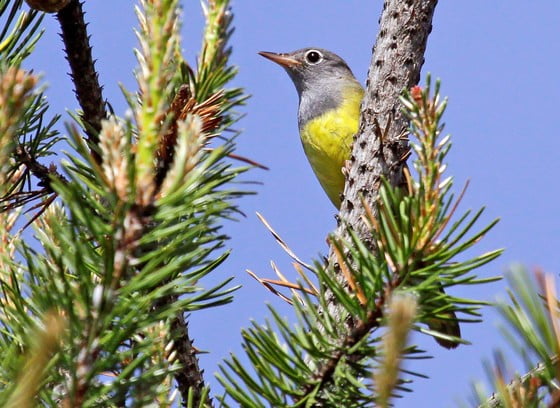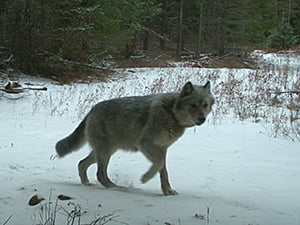
A massive water bird die off, killing thousands, from an avian cholera outbreak at the south end of the Salton Sea between Jan. 8-17. Outbreaks like this one occur annually as a result of birds flocking closely together during migration.
On Jan. 8, the California Department of Fish and Wildlife (CDFW) began receiving reports of hundreds of dead birds at the south end of the Salton Sea from local waterfowl hunters and staff at the Sonny Bono National Wildlife Refuge (SBNWR). CDFW investigated the event and discovered over a thousand bird carcasses concentrated around Bruchard Bay west of the New River.
Over the next week, staff from CDFW and SBNWR collected more than 1,200 carcasses consisting of mainly Ruddy Ducks, Northern Shovelers, Black-necked Stilts and Gulls. Most carcasses were incinerated at SBNWR to reduce the spread of disease; however, several samples were shipped to the CDFW Wildlife Investigations Lab in Rancho Cordova to determine the cause of death. The samples tested positive for avian cholera.

Avian cholera is an infectious disease caused by the bacterium Pasteurella multocida. Outbreaks occur annually during the winter in California and may result in the deaths of thousands of birds. Waterfowl and coots are the most commonly affected. Pasteurella multocida is released into the environment by dead and dying birds or asymptomatic carriers, and is transmitted through direct bird-to-bird contact or through the ingestion of contaminated food or water.
Predatory and scavenging birds may acquire avian cholera by feeding on infected birds. Avian cholera is transmitted easily between birds when they flock together in high densities. Birds are most susceptible to the disease during stressful periods, especially during the winter months when birds congregate at key water sources during migration, and the weather is cold and damp.
CDFW staff will continue monitoring and collecting carcasses around the Salton Sea over the next few weeks. CDFW’s Bermuda Dunes Field Office, Wildlife Investigations Lab and local game wardens will continue to coordinate with partners, including staff at SBNWR and the Imperial Wildlife Area – Wister Unit to share information and prepare to respond should the water bird die off increase.
The Salton Sea has a long and storied history. There are as many theories about how to fix this growing environmental concern as there are people in the state. The issue at hand is salt. A lot of salt. You see, the majority of modern fertilizer is carried in a saline solution. The land is then rinsed to wash the salt from the roots of the crop. This salt built up because there is no effective outlet to the Salton Sea.
Over the years, people have suggested complex schemes to pump water to remove the salt and restore the lake to a manageable state. Currently the national leadership trend is to manage watersheds for future generations. This trend may bring renewed interest in reviving this once glamorous hot spot.
California is suffering from a profound lack of affordable housing. Reviving the Salton Sea to livable standards could help to solve a multitude of social and environmental concerns. Every year, the technology to handle water treatment improves. The only real barrier is money. It costs millions to install pipelines and desalination equipment. Millions more to run it. Unfortunately, the longer anyone takes to start doing something, the more expensive it will eventually be.
A massive water bird die off as tragic as it is, may be a blessing in disguise.
https://www.sandiegouniontribune.com/sdut-history-of-the-salton-sea-2015jun02-story.html

